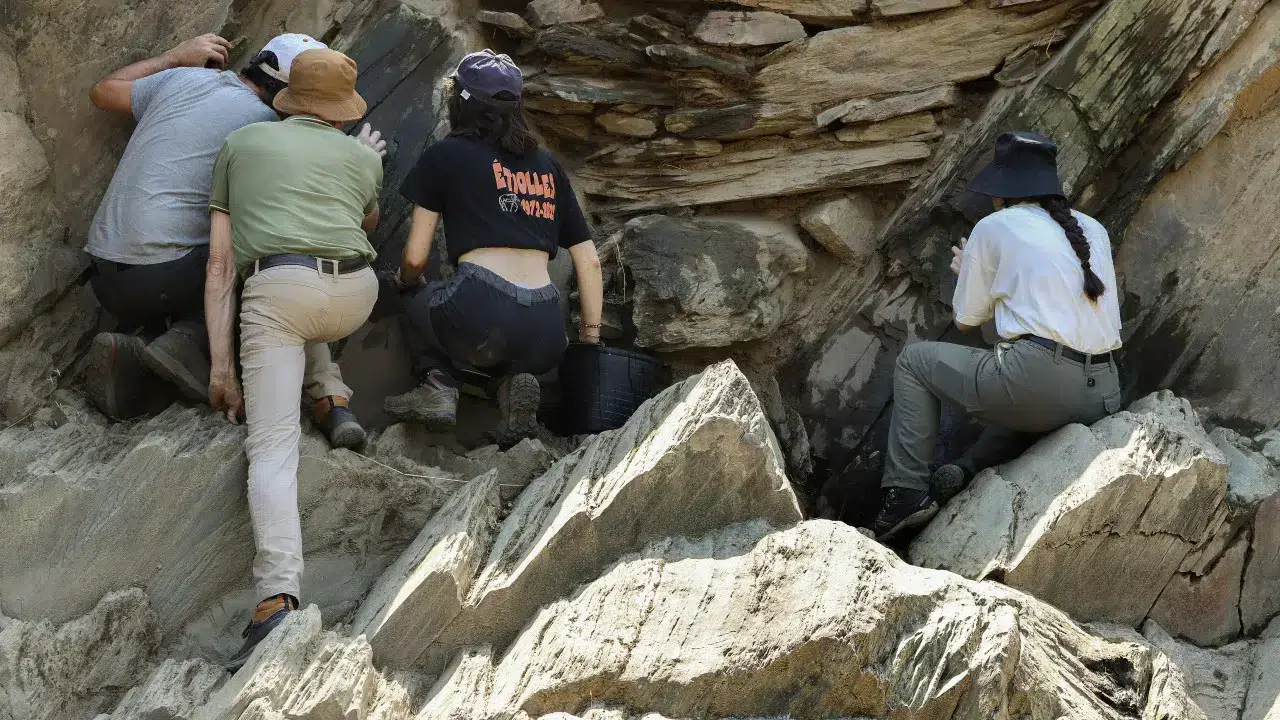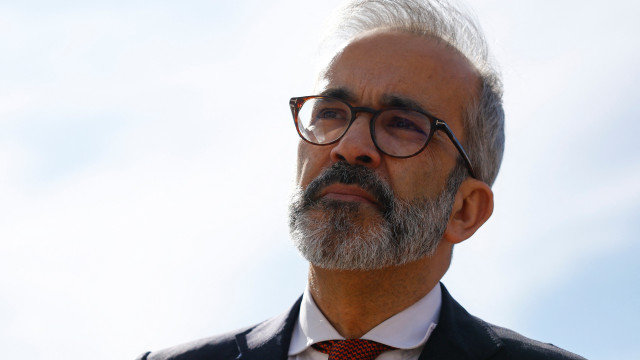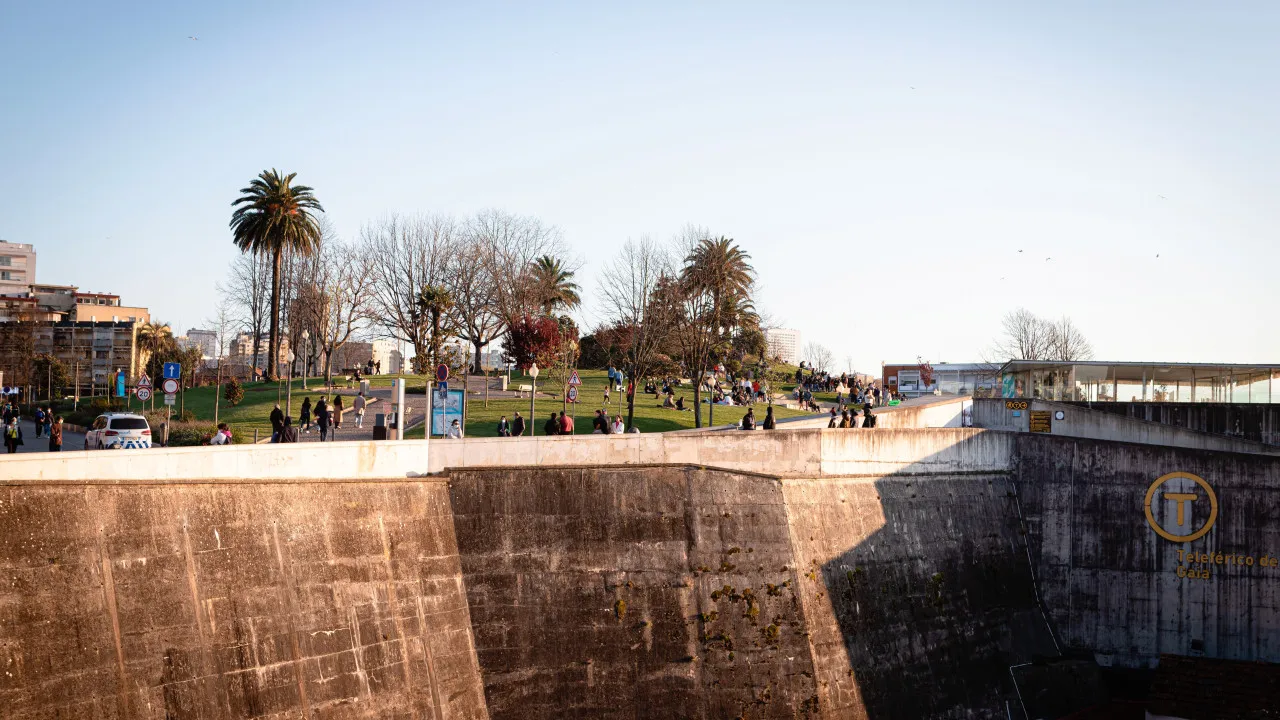
The continuity of artistic expression during the Paleolithic era, sustained over a 30,000-year cycle, is further confirmed through ongoing research, which now examines the shale stone exploitation at the Penascosa site and investigates the destruction of existing panels in later times, particularly at the beginning of the 20th century.
“The archaeological sites classified as national monuments or world heritage are so classic that nobody wants to alter them. Here in Penascosa, it was impossible to understand the extent or distribution of the engraved rocks due to the extraction of shale for the construction of dams or walls along the banks of the Côa River [in more recent times],” explained Thierry Aubry, the scientific director of the Côa Parque Foundation.
According to the archaeologist, this intervention has uncovered “completely new” data, as the original extent and distribution of the rocks at the Penascosa site were unknown.
“And with these excavations, we have an understanding of what the shale stone exploration was like at the Penascosa site. The sequence of the path resulting from the stone removal is not continuous, which could lead one to think that the Paleolithic man chose not to engrave sequentially. But this is not true, because downstream of the Côa River there is evidence of stone exploration that destroyed several panels,” emphasized Thierry Aubry.
In Penascosa, located in the municipality of Vila Nova de Foz Côa, the heat does not deter the curiosity of a multidisciplinary team aimed at proving that shale extraction along the Côa River banks caused many engravings from this rock art sanctuary to disappear, now emerging as evidence that human action, especially at the beginning of the 20th century, led to the loss of many engravings.
The ongoing survey involves fieldwork, excavation, soil analysis, detailed documentation of findings, among other actions, as well as the use of new technologies to identify areas of interest.
The entire prospection area is being meticulously examined using new technologies, though conventional and practical archaeology also applies, with archaeologists cleaning, washing, scrubbing, and tracing details on paper that demonstrate the continuous presence of Côa Art in this World Heritage location.
“All the surveys suggest that, in Penascosa, many more rocks were engraved during the Paleolithic period than currently known. This is important because, when interpreting the distribution of art in this part of the Côa Valley Archaeological Park [PAVC], we conclude that the knowledge of the continuity of prehistoric artistic expressions was hindered by stone exploration. This is a new fact,” emphasized Thierry Aubry.
According to the archaeologist, this work is important “for a better understanding of this site for future memory.”
“In the early 20th century, people in the region were not yet aware of this important movement linked to rock art. All this destruction was due to ignorance, which currently does not happen and cannot happen,” stressed the researcher.
There are also new discoveries at this location, such as human occupation dating back more than 12,000 years “with the chipped stone industry,” associated with the graphic phase of engraving the engravings.
“Here we are certain that the Upper Paleolithic inhabitants in Penascosa had other occupations, as they were hunters and gatherers,” he said.
Another objective of the research is to understand the alluvial behavior of the Côa River, how and where it flowed, and to know the sediments it carried during flood times.
The archaeologist André Santos from the University of Coimbra explained that various techniques are being used to understand the volume of the missing panels, complemented with direct tracing on the rock.
“After cleaning the surfaces, a layer of transparent plastic is applied, and then we trace over the engraving on the rock with permanent ink pens, using artificial light so that the lines are sharp and copied as accurately as possible, allowing another researcher or visitor to understand what figure is represented there and [what] its techniques are,” the archaeologist explained.
This area is dominated by figures of aurochs (wild cattle), horses, mountain goats, deer, fish, and even bears.
According to Domingos Lopes, the interim president of the Côa Parque Foundation, in the year 2024, more than 8,800 people visited the Penascosa archaeological site, in the heart of the PAVC, attesting to the archaeological importance of Côa Art.
The PAVC, for reasons of safeguarding and conserving the ‘sanctuary’ of rock art, is limited to a maximum of 15,000 visitors per year, which has been maintained.
When the PAVC was created in August 1996, 190 rocks with rock art were identified. Currently, there are 1,511, of which 38 are painted, representing a total of 15,661 identified motifs across more than a hundred distinct sites, with the predominant ones being Paleolithic engravings made around 30,000 years ago, in an artistic cycle that was never interrupted.
The Côa Art was classified as a National Monument in 1997 and, in 1998, as a World Heritage Site by the United Nations Educational, Scientific and Cultural Organization (UNESCO).
As a vast open-air gallery, the PAVC covers 20,000 hectares of land distributed across the municipalities of Vila Nova de Foz Côa, Mêda, Pinhel, and Figueira de Castelo Rodrigo in the district of Guarda, along with the municipality of Torre de Moncorvo in the district of Bragança, with manifestations of rock art.




